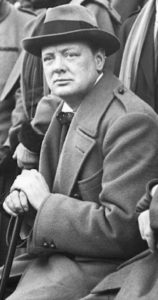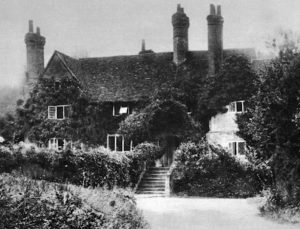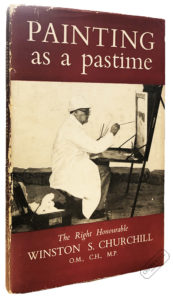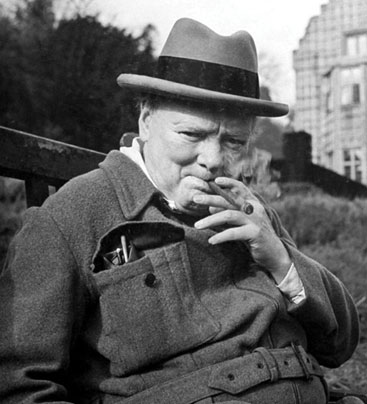CHURCHILL IN HIBERNATION, WEEK 3
Here in NYC, we have passed from PAUSE to something more like Full Stop.
Winston Churchill knew how to handle Full Stop. Or, rather, he learned…
 No blow in Churchill’s long career came closer to ending his career than the devastation of: Gallipoli.
No blow in Churchill’s long career came closer to ending his career than the devastation of: Gallipoli.
More than 42,000 were killed and almost 100,000 wounded in the eight months of torturous, indecisive assaults on the Gallipoli peninsula by Great Britain and her allies during World War I. The ensuing outcry impelled Prime Minister H.H. Asquith to callously allow the blame to rest with the First Lord of the Admiralty, Winston Churchill; his youngest and most vocal cabinet member. Churchill shouldered this scape-goating dutifully, honorbound—he believed—to silently support the government in wartime. He finally stepped down as First Lord on May 27, 1915.
Churchill knew he had in no way caused the disaster at Gallipoli. Still, he suffered for it, enduring heartache at the loss of life and, most personally, the disappearance practically overnight of his meteoric political career. Clementine Churchill later told Sir Martin Gilbert that her husband truly believed his public life was over when he left the Admiralty. She feared, Clementine confessed, that he would “die of grief.”
 Tormented as Churchill was by his political destruction, he tried to nurture himself at this terrible moment. He rented a secluded Tudor farmhouse for the summer in a wooded valley in Surrey: Hoe Farm. There, he retreated for long weekends romping with his and his brother Jack’s young children. Hoe Farm became Churchill’s refuge with his twin-family ménage; so beautiful, so removed from the strains and pains of London.
Tormented as Churchill was by his political destruction, he tried to nurture himself at this terrible moment. He rented a secluded Tudor farmhouse for the summer in a wooded valley in Surrey: Hoe Farm. There, he retreated for long weekends romping with his and his brother Jack’s young children. Hoe Farm became Churchill’s refuge with his twin-family ménage; so beautiful, so removed from the strains and pains of London.
It was at Hoe Farm that Churchill discovered what would become the single most sustaining passion of his life, after his wife and children. Watching his sister-in-law, Lady Gwendoline, painting at her easel one Sunday in June, he became fascinated. Noticing this and hoping to distract the shattered Winston from his troubles, “Goonie” suggested to him that he try painting something himself using her six-year-old son Johnny’s box of watercolors. Churchill agreed.
 He would never stop. For the rest of his life, painting would give him solace and a perfect retreat from the stresses of his day-to-day world. He found that he could concentrate on painting with the same intensity that he gave to politics, but to the exclusion of politics and everything else. As his secretary Edward Marsh, who witnessed Churchill’s initial Hoe Farm forays, later observed, painting “was a distraction and a sedative that brought a measure of ease to his frustrated spirit.”
He would never stop. For the rest of his life, painting would give him solace and a perfect retreat from the stresses of his day-to-day world. He found that he could concentrate on painting with the same intensity that he gave to politics, but to the exclusion of politics and everything else. As his secretary Edward Marsh, who witnessed Churchill’s initial Hoe Farm forays, later observed, painting “was a distraction and a sedative that brought a measure of ease to his frustrated spirit.”
We continue to wish you good health, safety in your social distancing and many nurturing Churchillian pastimes of your own.
Please don’t hesitate to contact us if we can help.


